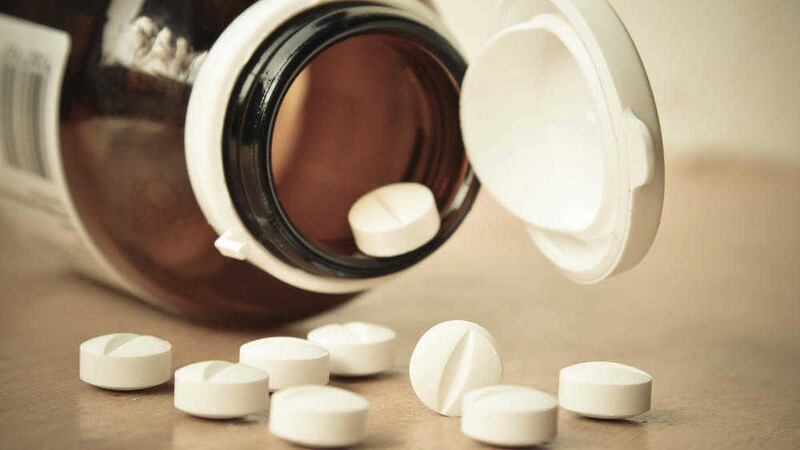SINCE the beginning of the year we have seen a good rise in the market (as measured by the FTSE 100) despite the vote to leave the EU in June.
It is up by just under 10 per cent and indeed hit a 14-month high last week – certainly not predicted by market pundits, as many forecast market armageddon in the event of a Brexit vote.
For savers this year has not been easy: interest rates are now down to a new low of 0.25 per cent making cash a very unattractive investment, as it tends to give a return less than the rate of inflation, meaning that in real terms (taking inflation into account) savers are actually losing money.
The next port of call in terms of risk has traditionally been government bonds (commonly known as gilts). Here too, yields have plummeted to new lows, partly due to the purchase by the Bank of England in their quantitative easing programme.
More investors have been forced to move higher up the risk spectrum and consider equities as there is a better yield (the FTSE 100 market yield is currently 3.69 per cent) thus demand has supported the market.
Clearly there are many different sectors within the equity market, each with their own characteristics and risk profiles. One which is generally viewed as fairly defensive is the pharmaceutical sector; the reasoning is straightforward – in an ageing population drugs will always be in demand and with research new products are continually being developed, relatively unrelated to the state of the economy.
The most well-known names in the UK are GlaxoSmithKline and AstraZeneca. Both of these are amalgamations of many different entities, international giants and compete in a very global market.
Less high profile is Shire Pharmaceuticals, also a FTSE 100 company but one which has a slightly different focus and is regarded as a specialist pharmaceutical company and a growth stock. Shire’s yield is only 0.37 per cent, indicating that it is still at the stage when it invests heavily in growth rather than making a higher payout to shareholders.
Glaxo and AstraZeneca, on the other hand have a much higher yield, 4.92 per cent and 4.24 per cent respectively. Since the start of the year AstraZeneca has performed very much in line with the market, rising by 9.55 per cent while Glaxo (after a prolonged period of underperformance) has outperformed substantially and risen 23.8 per cent.
Shire underperformed marginally, up by 8.13 per cent over the year to date. In terms of total return (yield plus capital growth) both AstraZeneca and Glaxo have clearly been excellent investments in 2016, benefitting heavily from their dollar earnings since sterling fell so heavily.
However, the ever-present threat to pharmaceutical companies is the expiry of patents on their drugs and the subsequent emergence of much cheaper generic versions.
One of the high profile campaigners opposing the high prices charged by drugs giants has been US presidential candidate Hillary Clinton, so this is a potential headwind for the pharmaceuticals should she be elected.
Evidence shows that the expiry of a patent is not necessarily a disaster for the pharmaceutical companies and they often do not see as large a plunge in sales as predicted: brand recognition counts for a great deal – Prozac, for instance is an instantly recognisable name, even though it has been off-patent for 15 years.
There are risks and downsides to any equity investment, but there are many options available and a well diversified portfolio is worthy of consideration.
:: Cathy Dixon is a director at the Belfast office of Cunningham Coates Stockbrokers, which is a trading name of Smith & Williamson Investment Management (SWIM)








